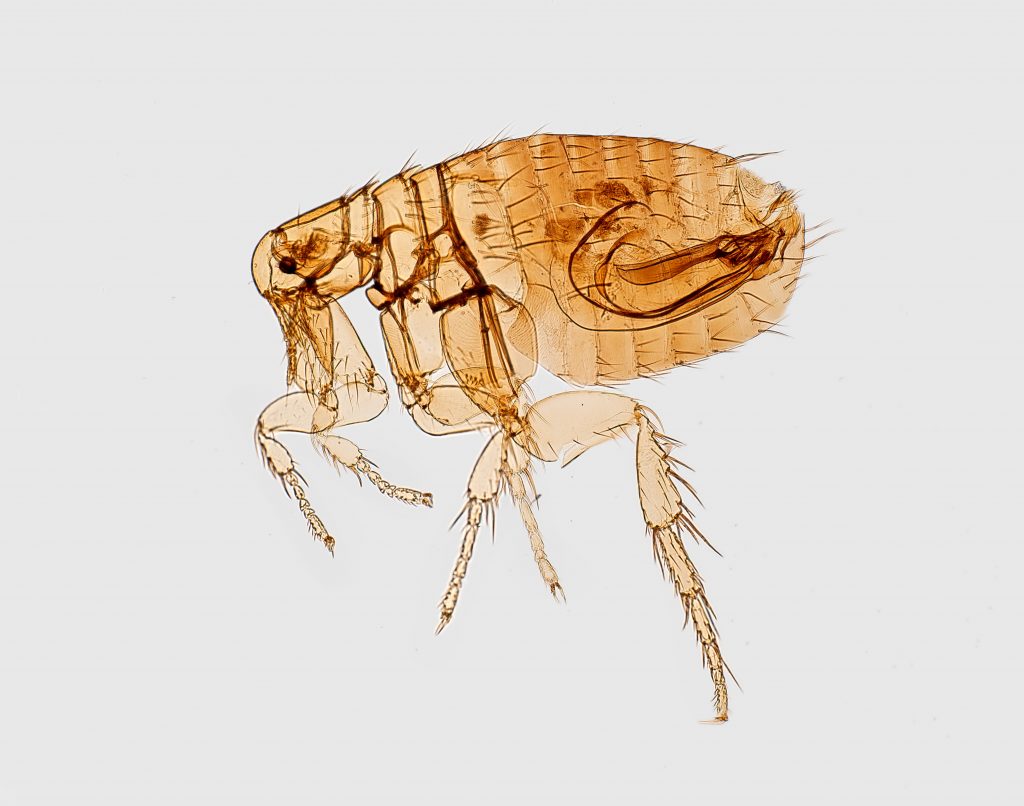Winterproofing for Rodents
Winter in Bellingham, Washington, can be picturesque, but it also brings challenges, especially when it comes to keeping your home rodent-free. As temperatures drop, rodents seek shelter and warmth, posing a threat to your property. This article provides a comprehensive guide with practical tips to winterproof your home and prevent unwelcome guests.
Seal Entry Points:
Rodents can enter your home through tiny openings. Conduct a thorough inspection of your home’s exterior and seal any gaps or cracks using weatherstripping, caulk, or steel wool. Pay special attention to areas around doors, windows, vents, and utility penetrations.
Reference: University of California Statewide Integrated Pest Management Program – “Exclusion: Sealing Out Rodents”
Maintain a Tidy Yard:
Keep your yard clean and well-maintained to discourage rodents from finding shelter close to your home. Trim overgrown vegetation, clear debris, and store firewood away from the house. This minimizes hiding spots and reduces the attractiveness of your property to rodents.
Reference: Washington State University Extension – “Rodent-Proof Construction and Exclusion Methods”
Secure Food Sources:
Rodents are drawn to accessible food sources. Store food in airtight containers, clean up crumbs promptly, and avoid leaving pet food out overnight. Properly dispose of garbage in sealed containers to prevent enticing smells that might attract rodents.
Reference: University of Florida IFAS Extension – “Controlling Rats and Mice in and Around Homes”
Install Door Sweeps:
Install door sweeps on exterior doors to eliminate potential entry points. Rodents, especially mice, can squeeze through very small gaps, and door sweeps provide an effective barrier to keep them out.
Reference: University of Nebraska-Lincoln Extension – “Mice”
Use Rodent-Resistant Materials:
Consider using rodent-resistant materials for construction and repairs. For example, replacing damaged siding with rodent-proof materials can deter rodents from chewing their way into your home.
Reference: Penn State Extension – “Rodent-Proof Construction”
Schedule Regular Inspections:
Prevention is key, and regular inspections can help you identify and address potential issues before they escalate. Hire a professional pest control service for a comprehensive inspection and to implement preventive measures.
Reference: Washington State Department of Agriculture – “Pesticide Application Business Licensing”
Final Thoughts about Winterproofing your Home from Rodents in Bellingham Washington
Winterproofing your home in Bellingham, Washington, requires a proactive approach to keep rodents at bay. By sealing entry points, maintaining a tidy yard, securing food sources, installing door sweeps, using rodent-resistant materials, and scheduling regular inspections, you can create a rodent-resistant environment that ensures a cozy and pest-free winter.




















